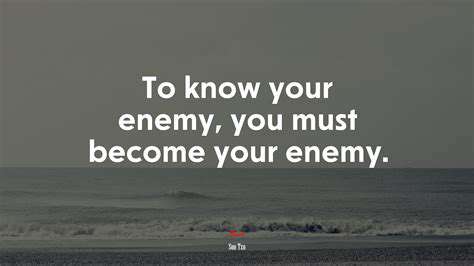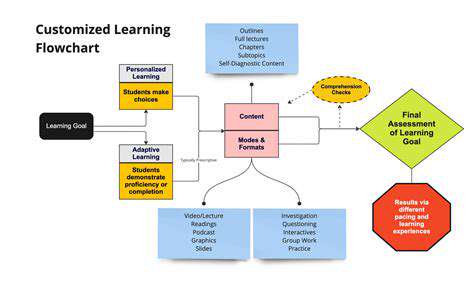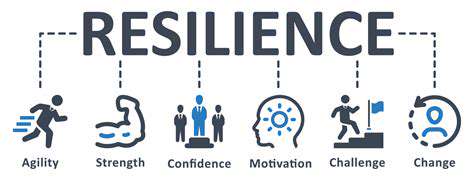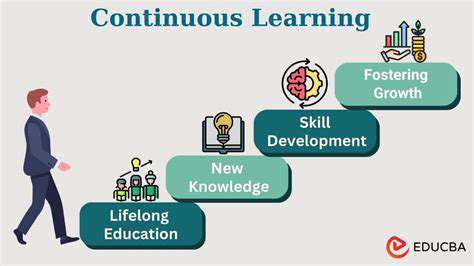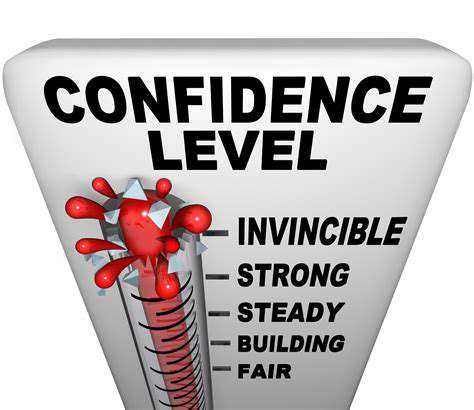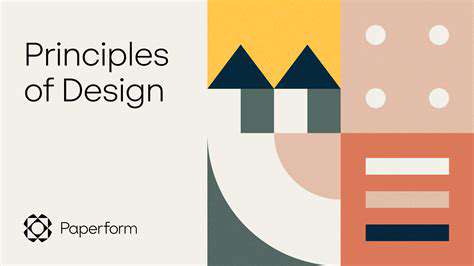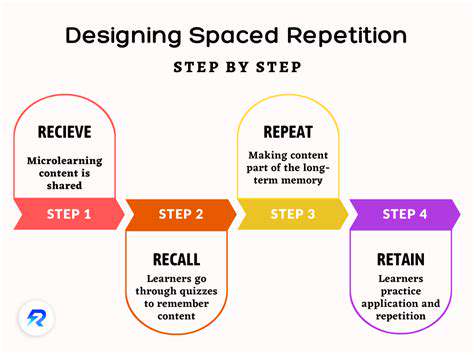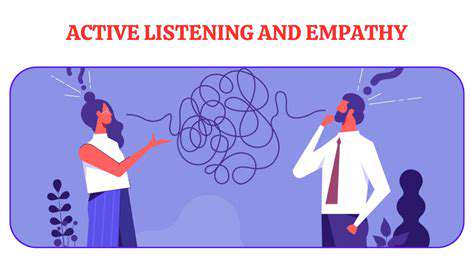How to Practice Deliberate Practice for Skill Mastery
Understanding the Core Concept
Deliberate practice transcends mindless repetition. It's a strategic, methodical approach to skill enhancement that demands more than going through the motions. This process requires pinpointing exact weaknesses, dissecting mistakes, and implementing tailored solutions. The magic happens when learners actively engage with material while visualizing their target outcomes - this transforms ordinary practice into deliberate mastery.
Identifying Specific Areas for Improvement
The essence of deliberate practice lies in surgical precision - isolating exact skill components needing refinement. Professionals might study game footage millimeter by millimeter, solicit brutally honest critiques from veterans, or analyze performance dashboards to expose technical flaws. This forensic examination separates casual practitioners from true masters, enabling hyper-focused training that attacks weaknesses directly.
Imagine a chef not just practicing knife skills, but filming each chop to analyze wrist angles - that's the level of scrutiny that creates exponential improvement.
Setting Clear and Measurable Goals
Deliberate practice thrives on laser-focused objectives. Vague aspirations like get better won't cut it. Instead, craft goals so precise they're almost uncomfortable: Reduce my piano scale transition time from 1.2 to 0.8 seconds by month's end. This specificity creates an undeniable roadmap, making progress as visible as a rising thermometer.
Employing Effective Feedback Mechanisms
Growth requires mirrors - not just any mirrors, but high-definition ones. The best practitioners surround themselves with truth-tellers: coaches who spot micro-flaws, teammates who notice subconscious habits, and video recordings that don't lie. The most valuable feedback often stings initially, but contains the exact nutrients for improvement. Savvy learners also develop the rare ability to self-diagnose, watching their own performances with a coach's critical eye.
Utilizing Effective Strategies for Error Correction
Identifying mistakes is only half the battle - the real work begins with targeted solutions. This might mean breaking complex movements into slow-motion components, creating mental checklists for decision points, or designing custom drills that isolate trouble spots. The key is transforming errors into specific, repeatable exercises that rebuild skills correctly.
Monitoring and Adapting the Practice Regimen
Elite practice resembles scientific experimentation - constantly measuring, adjusting, and optimizing. Keep detailed logs tracking what works (and what doesn't). When progress plateaus, the most successful practitioners pivot immediately, trying fresh approaches rather than doubling down on ineffective methods. This dynamic adaptation separates static practice from deliberate evolution.
The Role of Mental Fortitude in Deliberate Practice
True mastery tests psychological endurance. When drills become frustratingly difficult or progress seems invisible, champions dig deeper. They reframe failures as data points, maintain curiosity during plateaus, and find joy in the grind. This mental resilience - the ability to stay focused when exhausted and motivated when discouraged - often determines who reaches world-class levels.

Creating a Structured Practice Routine: The Blueprint for Success

Defining Your Goals
A structured practice routine begins with goals so clear they're almost tangible. Forget improve - instead craft objectives like Execute 25 consecutive perfect backhands by Tuesday week. These crystal-clear targets create natural urgency and focus. Break mammoth goals into digestible weekly chunks - like climbing a mountain one base camp at a time.
The most effective goals feel slightly uncomfortable yet achievable - they should stretch your abilities without breaking confidence.
Planning Your Practice Schedule
Consistency beats intensity every time. Design a weekly schedule that respects your energy cycles - perhaps technical drills in morning freshness, conditioning when energy dips. Treat practice sessions like sacred appointments, not optional activities. Smart practitioners schedule recovery periods too, knowing muscles and minds strengthen during rest.
Leave flex time for unexpected challenges - the best schedules balance structure with adaptability.
Incorporating Variety and Progression
Monotony is the enemy of mastery. Blend different drill types like a chef balances flavors: isolated skill work, simulated pressure situations, and creative experimentation. Progressively overload difficulty like weightlifters add plates - just enough to challenge without overwhelming. When movements feel comfortable, that's the signal to increase complexity.
The sweet spot? About 20% of practice should feel frustratingly difficult - that's where breakthroughs happen.
Monitoring and Evaluating Progress
What gets measured gets improved. Maintain detailed practice journals tracking metrics like success rates, speed, and endurance. Video analysis provides brutal but valuable perspective - often revealing flaws invisible in the moment. Schedule weekly reviews to spot patterns and adjust accordingly.
Celebrate small wins visibly - a star on the calendar for each milestone reached builds powerful momentum.
The Power of Feedback: Learning from Mistakes and Successes
Understanding the Importance of Feedback
Feedback serves as our personal GPS system, constantly recalculating our route to excellence. The most successful people crave uncomfortable feedback more than praise - they understand its transformative power. Effective feedback pinpoints exact moments (At 2:15 when you...) rather than vague impressions, creating actionable insights.
Without this external perspective, we're like singers who've never heard recordings of themselves - unaware of how we truly perform under pressure.
Identifying Your Specific Areas for Improvement
Growth begins with fearless self-assessment. Seek diverse perspectives - a coach notices technical flaws, teammates see communication gaps, and video reveals unconscious habits. When multiple sources highlight the same issue, that's your growth opportunity. Maintain a skills audit document ranking all components from strongest to weakest.
The most painful feedback often contains the most valuable truths - learn to sit with that discomfort.
Using Feedback to Adjust Your Approach
Implementation separates professionals from amateurs. Convert feedback into specific action plans: If improve presentation skills appears, schedule Toastmasters visits and practice daily in front of mirrors. Create if-then scenarios for common mistakes (If I rush transitions, then I'll pause and reset).
Track changes religiously - what gets monitored gets maintained.
Celebrating Your Successes and Learning from Your Setbacks
Positive reinforcement wires success patterns into our neurology. After wins, analyze what worked and replicate those conditions. When mistakes occur, conduct failure autopsies without self-judgment - what exactly happened, why, and how to prevent recurrence. The most resilient performers view setbacks as tuition paid for valuable lessons.
Keep a growth journal documenting both breakthroughs and breakdowns - over time, patterns reveal your unique learning rhythm.
Implementing Continuous Feedback Loops for Growth
Transform feedback from event to ecosystem. Build regular check-ins with mentors, create peer feedback exchanges, and develop self-review rituals. The most effective learners institutionalize feedback - making it as routine as warm-up exercises. Consider feedback the oxygen of improvement - constant small doses sustain growth better than occasional large gulps.
Design your environment for constant feedback - record sessions, invite observers, use measurement tools - make improvement unavoidable.
Read more about How to Practice Deliberate Practice for Skill Mastery
Hot Recommendations
- How to Stay Productive While Working Remotely
- Tips for Managing Conflict with Coworkers
- Entrance & Certification Exams (升学考试)
- How to Improve Your Storytelling Skills (Speaking)
- How to Find Profitable Side Hustles
- Tips for Preparing for the TOEFL iBT Home Edition
- Guide to Switching Careers from [Industry A] to [Industry B]
- How to Run an Effective Hybrid Meeting
- Tips for Marketing Your Side Hustle on Instagram
